Corals are bleaching in every corner of the ocean, threatening its web of life – the Washington Post
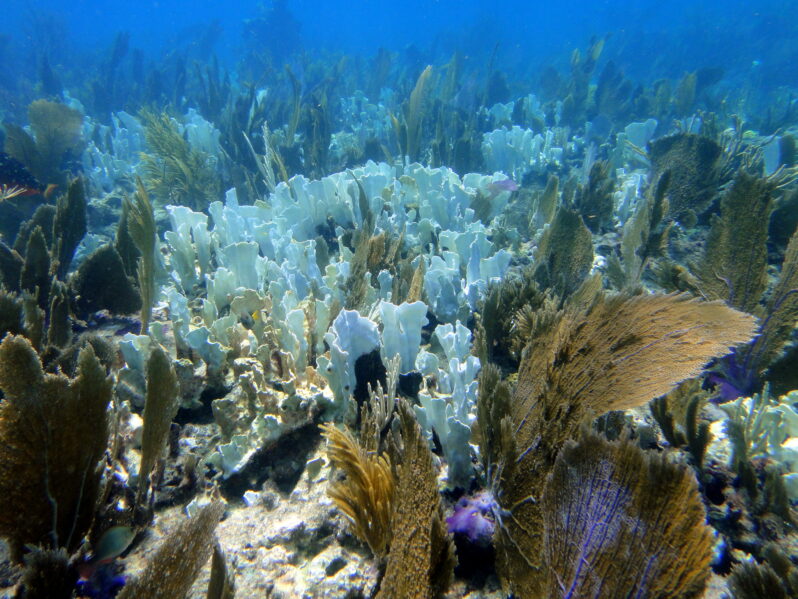
First around Fiji, then the Florida Keys, then Australia’s Great Barrier Reef, and now in the Indian Ocean. In the past year, anomalous ocean temperatures have left a trail of devastation for the world’s corals, bleaching entire reefs and threatening widespread coral mortality — and now, scientists with the National Oceanic and Atmospheric Administration and International Coral Reef Initiative say the world is experiencing its fourth global bleaching event, the second in the last decade…
The Widest-Ever Global Coral Crisis Will Hit Within Weeks, Scientists Say – the New York Times
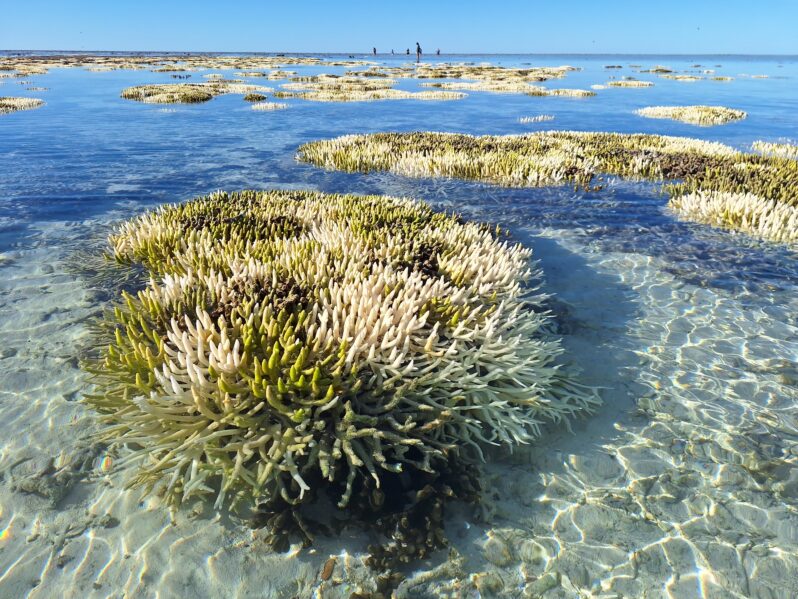
The world’s coral reefs are in the throes of a global bleaching event caused by extraordinary ocean temperatures…It is the fourth such global event on record and is expected to affect more reefs than any other. Bleaching occurs when corals become so stressed that they lose the symbiotic algae they need to survive. Bleached corals can recover, but if the water surrounding them is too hot for too long, they die…
Reef stars’ restored Indonesia’s blast-damaged corals in just 4 years – Grist Magazine
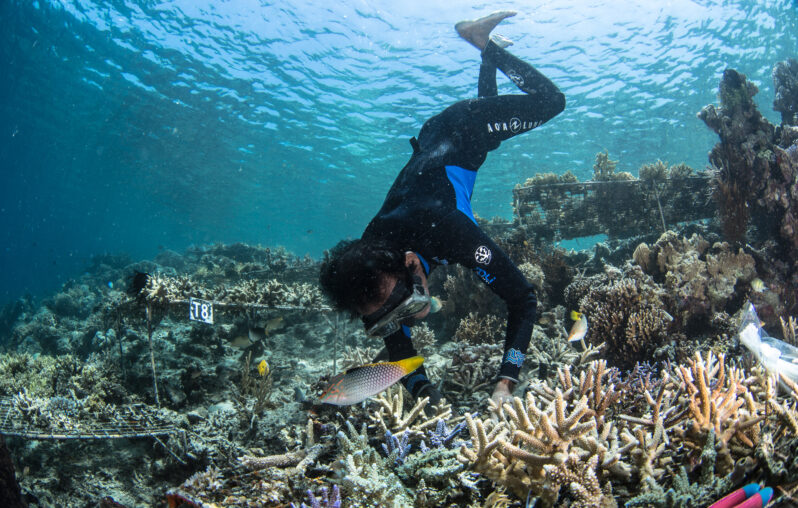
A community-based approach to restoration combined with an ingenious device can bring back reefs traumatized by dynamite fishing…
Hundreds of thousands of peculiar sea creatures wash up on California beaches – SFGate
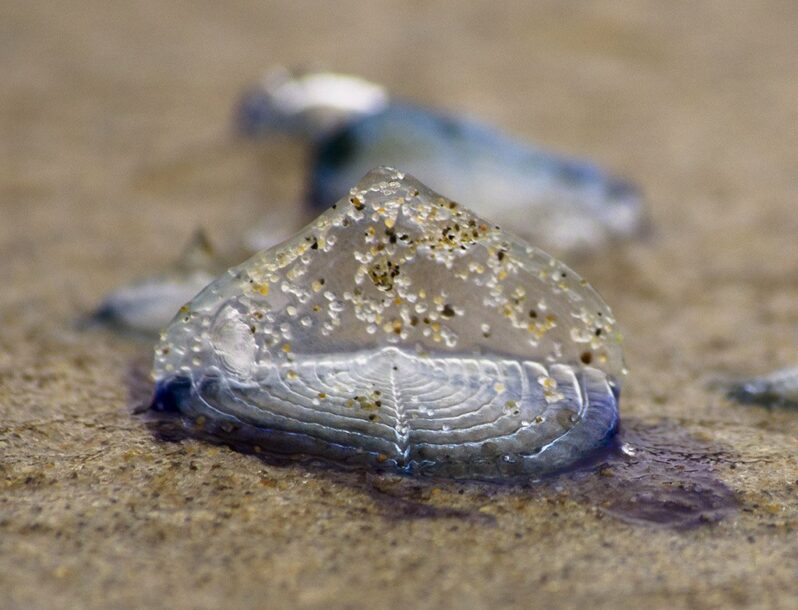
By-the-wind sailors are an early sign of spring…
Six Months After the Heat Spiked, Caribbean Corals Are Still Reeling – Hakai Magazine
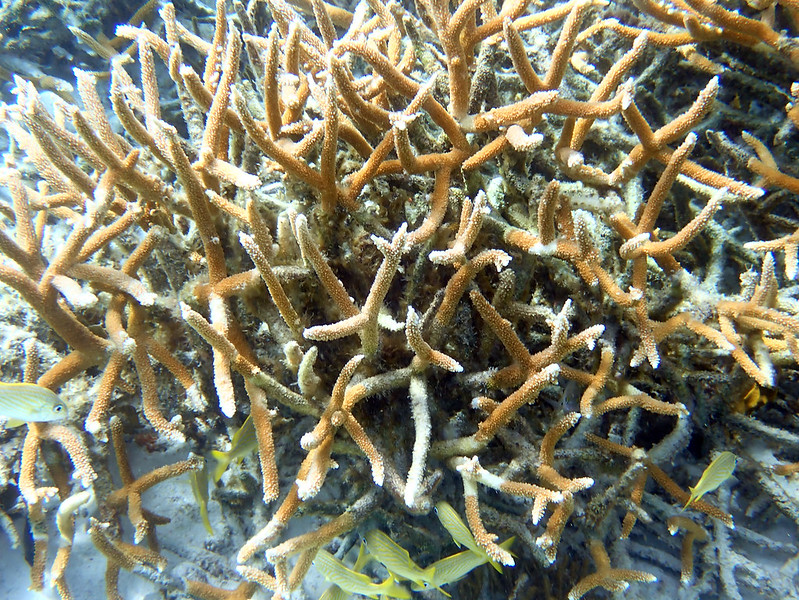
For many Caribbean corals, last year’s heat proved too much to bear. The more time corals spend in hot water, the more likely they are to bleach, turning white as they expel the single-celled algae that live within their tissues. Without these symbiotic algae—and the energy they provide through photosynthesis—bleached corals starve. Survival becomes a struggle, and what had been a healthy thicket of colorful coral can turn into a tangle of skeletons…
Extreme Summer Heat Threatens Coral Replanting Effort – Scientific American
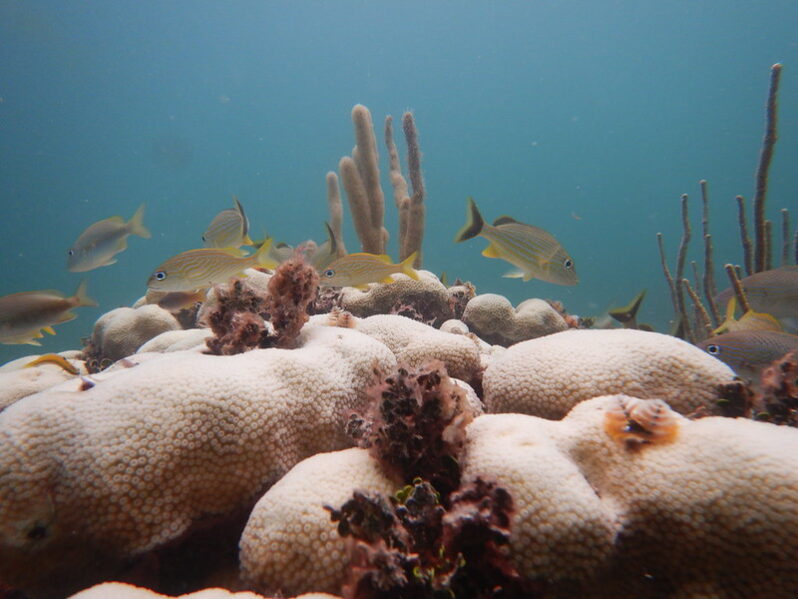
A marine heat wave last year undercut efforts to regrow coral reefs off Florida’s coast. Conservationists are worried this year could be problematic, too…
Coral bleaching is now so extreme, scientists had to expand their scale for it – the Washington Post
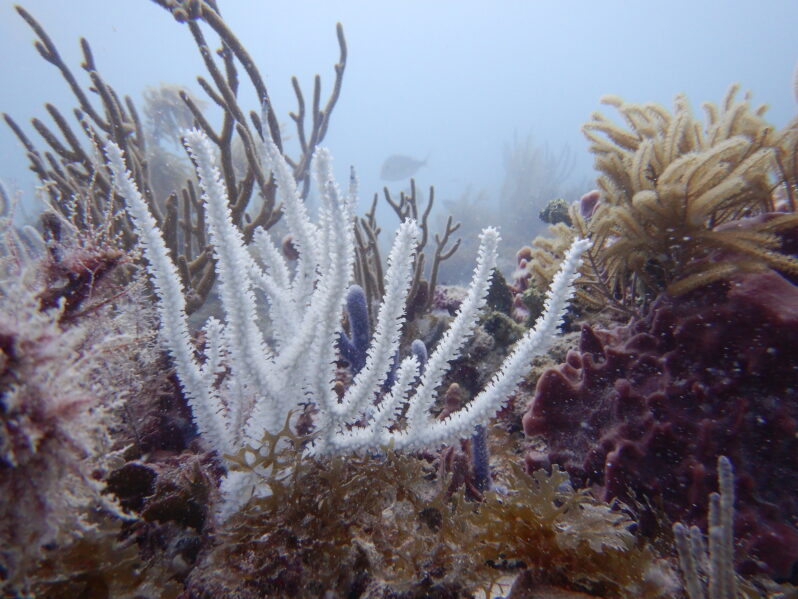
For more than a decade, marine experts have relied on an alert scale from the National Oceanic and Atmospheric Administration to signal how much stress ocean heat is putting on corals and what risk there is for bleaching. The highest on the two-level system, Bleaching Alert Level 2, has for years represented coral catastrophe. That has sufficed — until last summer…
African Penguins Have Almost Been Wiped Out by Overfishing and Climate Change. Researchers Want to Orchestrate a Comeback – Inside Climate News
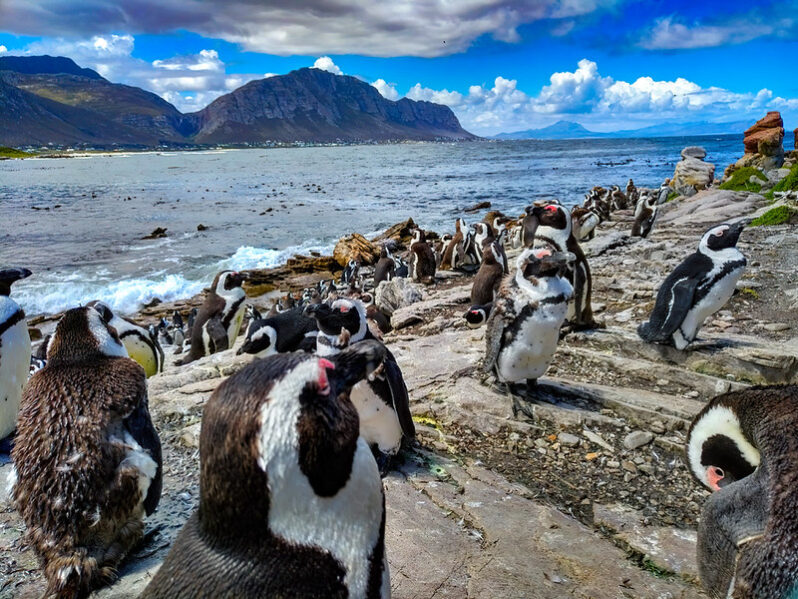
A hatchery in Cape Town breeds birds for release in a newly established sanctuary for penguins 146 miles east, where a few early signs suggest the penguins may have found a new home..
How to Love an Oyster – Hakai
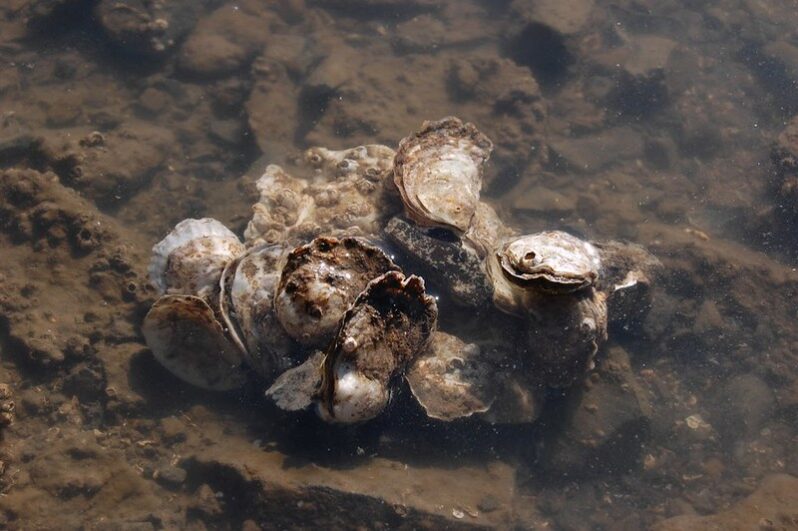
Most people, even those who know a thing or two about oysters and may perhaps enjoy eating them, have no idea that the sweet and buttery bivalves they are slurping down in San Francisco or Vancouver are not the native species of the West Coast but Japanese imports…It is only on rare occasions at certain bougie establishments that you might encounter the much-smaller Olympia oyster (Ostrea lurida) on the menu, a Proustian remembrance with its miserly portion of meat and coppery taste…
